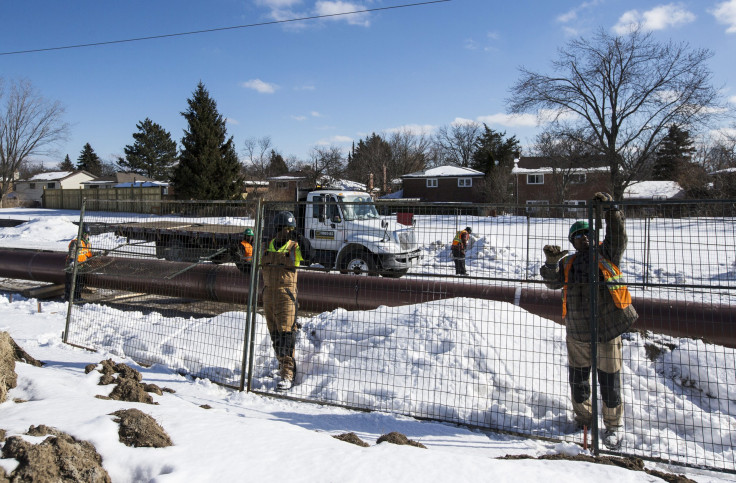The Keystone Pipeline Is Just One Of Canada's Oil Export Options, And Maybe Not Even The Most Important

As the U.S. debates whether to relax a decades-old ban on oil exports and a political battle in the U.S. delays and threatens to reject Canada’s plans to ship oil south through the Keystone XL pipeline, Canada is looking to export significant amounts of oil overseas.
The oil shale boom in the U.S. has shrunk American demand for oil imports as Canada’s rich oil sands continue producing oil, leaving the country with too much oil and not enough buyers. About 98 percent of Canada’s petroleum exports go the U.S, according to the Canadian Chamber of Commerce, and Canadian oil accounts for about 22 percent of U.S. oil imports, according to the Canadian Association of Petroleum Producers. The Canadian commerce chamber has also said its producers could gain $50 million a day, $18-19 billion a year, by selling their oil outside North America.
There’s one major obstacle: Canada has for years relied on the U.S. market and has few ways to transport oil to its coasts.
Half a dozen new pipelines and expansions like the Keystone XL are planned but are years from completion, and many face similar environmental opposition seen in the U.S.
One near-term option for Canadian producers is to apply for licenses to ship oil to the U.S. Gulf Coast and re-export it overseas. Though U.S. rules ban most U.S.-produced oil exports, they allow foreign producers to apply for licenses to ship oil from American ports.
The U.S. Department of Commerce granted more than 50 permits to export crude oil in the six months through March, including to Canadian pipeline operator Enbridge Inc., to ship oil to Japan, South Korea, Spain and other countries, according to the Wall Street Journal.
Railroads could also transport the oil, but a few fiery accidents, one that killed 47 people in Quebec, have highlighted the risk of shipping oil by rail. Even so, rail loading facilities in Western Canada are expected to hit a capacity of more than 1.1 million barrels a day by the end of this year, according to the U.S. State Department’s final environmental report on the Keystone XL oil pipeline, released in January.
That’s more than the Keystone XL’s 830,000-barrels-a-day capacity, but up to 2 million more barrels a day of capacity will be needed to meet forecasted demand through 2025, according to the Canadian Association of Petroleum Producers.
© Copyright IBTimes 2024. All rights reserved.






















